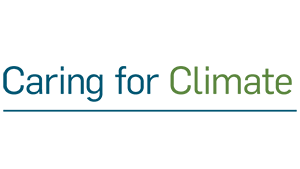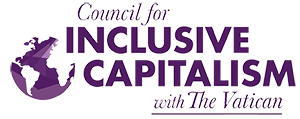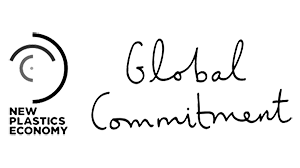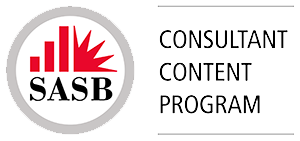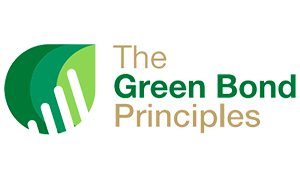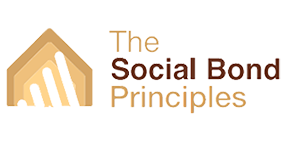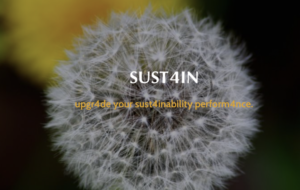Leveraging Design Thinking to boost the Sustainable Development
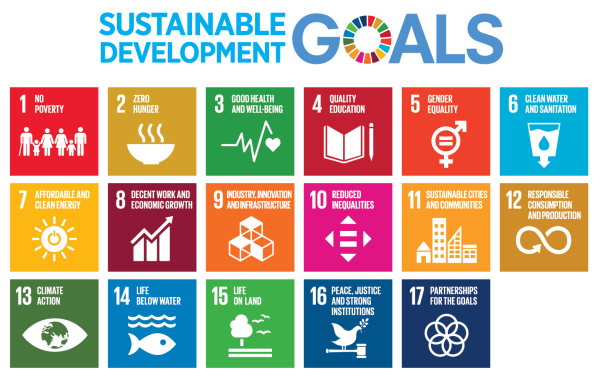
Design Thinking facilitates the implementation of sustainability strategies and accelerates the related change-management processes in large organizations. It provides support in order for all the people involved to contribute to the organization’s objectives. It is also a powerful approach to implement the Sustainable Development Goals.
Sustainability challenges: what priorities?
One of biggest challenges for sustainability managers nowadays is to align operational and sustainability objectives, coordinating the latter in a transversal way throughout the various business units. Besides, the various departments should be permeable and proactive as for the implementation of the sustainability policies, such as the Sustainable Development Goals (SDGs).
Design Thinking tools support the organizations to identify their priorities and define their strategy. Which SDGs are more important? How to implement them without messing with the others?
These are some of the challenges faced by the sustainability managers:
- Align the project’s objectives inside and outside the organization.
- Involve the employees of the different departments, in order for the values and the strategies to settle.
- Prove the result and the impact of the projects in front of the peers and the superior. The sustainability manager is called to prove the value of the actions and the good practices to all the stakeholders in order to get a multilateral involvement.
Moreover setting up the sustainability strategy, identifying specific KPIs, doing the reporting and more, often organizations also face somehow an invisible challenge yet real and tangible: engaging people around the sustainability objectives.
Not only this happens within the organization, it might also affect the external bonds with all the stakeholders. Sometimes these relationships are not exploited at their full potential.
Design Thinking: how to generate the maximum impact with the given resources
Design thinking is a thinking process addressed to solve challenges through a practical approach, combining empathy, creativity and rationality. This methodology is based on the following steps: empathizing, defining, conceiving, prototyping and testing.
Here are three Key points helpful to understand the application of Design Thinking:
Co-creation: involving all the people in a transformational space, based on the assumption that everyone can contribute to the process with new ideas or different perspectives. This ability to make new knowledge emerge is called “collective intelligence”.
People centered design: it is based on empathy, it focuses on the people as the basis of the equation we are designing for.
Prototyping the proposed solutions through small pilot projects, that afterwards can be scaled up to the rest of the organization. Validating the results on a smaller scale optimizes the applied resources.
A success story
There are already various cases of companies and organizations who have applied Design Thinking tools. For instance, the Sustainability Department of IKEA Iberica: in December they are going to kick off a pioneer solution to tackle the challenge of shifting the business model towards circular economy, through the initiative Let’s save the furniture to let its customers sell second-hand Ikea furniture in the shop itself. Moreover, they will also be able to return light bulbs and textiles, with the option to receive in exchange discount vouchers or else benefit solidarity initiatives.
The use of Design Thinking, and of strategic design, has led to an innovative solution that promotes the collaborative economy, involve and empower the consumers and at the same time it has a positive environmental and social impact thanks to partnerships with the third sector. This project will be prototyped in Madrid and then extended to all the shops in Spain along 2017.
What for?
Applying Design Thinking tools helps the company to align, involve and prove its sustainability strategy, in a way which is innovative, effective and efficient, three key needs when implementing the SDGs.
Innovative: it uses dynamic and creative tools that take into account all the possible perspectives when addressing an issue.
Effective: it succeeds in raising insights that usually do not emerge from standard approaches.
Efficient: it lets prototyping and testing within a controlled environment the pilot solutions that will be lately implemented.
For instance, it can help collect information about the employee’s alignment on the sustainability objectives of the organization. This makes it possible to evaluate in real time, advance quicker and follow up on the goals achievement. These ‘spaces’ connecting people inside and outside the organization are beneficial to the participants and they also make sense of the company’s plans.
Conclusion
Applying Design Thinking tools to the implementation of sustainability policies, such as the SDGs, is a winning approach for all the stakeholders:
It is a win for the Organization because it strengthens the relationships with its stakeholders (also improving the brand positioning and the reputation), it increases the involvement towards the sustainability strategy of the organization and finally it also enables money savings thanks to the efficiency of the prototyping approach.
It is a win for the Employees because they co-create and validate the sustainability and the communication strategies. Digging into the organization’s culture ignites the beginning of a change-management process among the people involved. It is a two-way process through which their interests expand and get aligned with the company’s sustainability policy.
It is a win for the Sustainability Department because it is able to streamline its management in order to achieve its strategic objectives. Moreover – thanks to the content emerging from the process – it enables a “storytelling by storydoing”. Using a Design Thinking process makes the communication of the sustainability plans easier and more strategic, both inside and outside the organization.
It is a win also for the society as a whole, because with the contribution of committed organizations it moves closer towards the achievement of the Sustainable Development Goals.
Please let us know your feedback by using the form below:
- What has been your experience in implementing the SDGs?
- Any thoughts on the use of Design Thinking?
Or send us an email to info@sust4in.com

We are a network of expert professionals on sustainability.
SUST4IN apoya:
